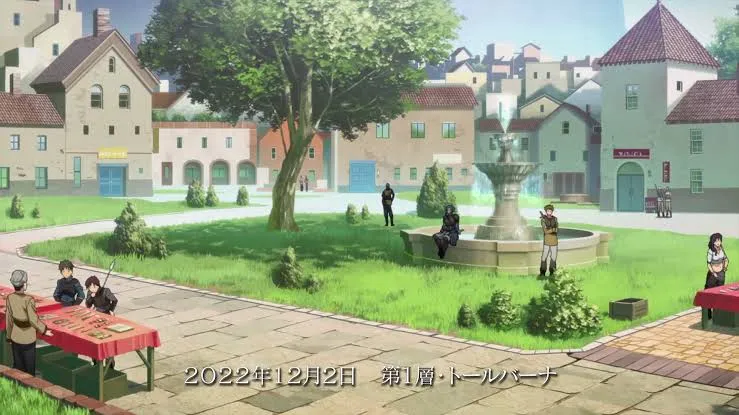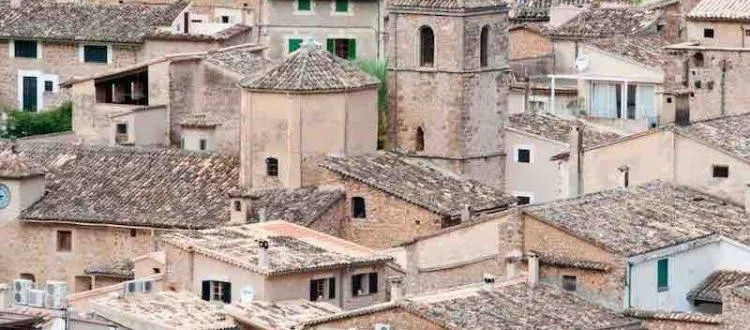Hello friends...
During the late Stone Age, nomadic tribes of hunters began to settle down. They planted crops instead of gathering food from the wild, and built farms and houses instead of living on the move.
farming offered a more reliable food source than hunting and gathering. farmers could grow the most fruitful crops and breed the fattest and more peaceful livestock, so that they could produce more food every year. Extra food could be stored in case of later famine, and permanent houses made of brick or something stone provides a base to store food and tools.
staying in one place made these settlers vulnerable to raiders, who could steal livestock and stories. townspeople had to be able to defend themselves - for example, by building walls around their homes.
they also exchanged spare food and goods with other tribes. sometimes over long distances, marking the beginning of global trade.

Stone Age tools...
The earliest settlements grew up during the stone Age, before humans had begun to use metal. their inhabitants made tools from whatever materials they could find.
The most useful were hard substance that were easy to carve or chip into shape. wood could be used for bows, spears, or axe handle. Stone such as flint and obsidian ( volcanic glass) was chipped into Sharp edges, to make arrow heads, knives, and hammers. bones from animals could be carved into fine points to make needless and combs.
Çatalhöyük.....
This settlement, in modern Turkey,is one of the largest early towns yet discovered. up to 8,000 people lived here from 7400-6000 BCE. The houses were packed together with only small spaces in between, so that any attackers would find it hard to gain access.

Working in clay...
Permanent fireplaces were used to back clay into hard terracotta. This allowed people to make durable pots and dishes, as well as decorative objects, such as this statue. it was found in a food store at Catalhoyuk, and is thought to be religious Idol.
Thanks ...
@anurag001